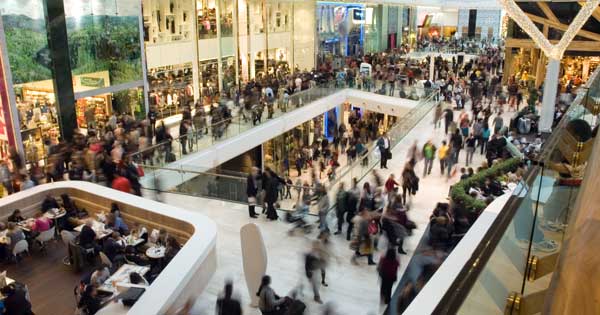Ireland’s population is expected to grow over the next twenty years and reach the levels it was at before the Great Famine for the first time.
However, government officials have warned that the country is not yet ready for the rise in population, and must begin setting structures in place now.
Housing Minister Simon Coveney spoke at the launch of the Ireland 2040 plan. He said that the population could rise by as much as one million people in the next two decades.
He said: “We are not geared up for that yet.”
The report found that population growth in Cork, Limerick and Waterford have been below the national average over the past 20 years.
Mr Coveney said that these cities must be developed so that they can absorb some of the strain that will be put on Dublin.
For example, Mr Coveney said that Waterford is currently only “half a city”, and needed to scale up before it could justify its call for a university.
He said the plan is about seeing what sort of country we want to live in for the next 25 years.
He also insisted the plan must be de-politicised and be supported by all parties.
According to a recent report, Dublin is responsible for half of all economic activity in Ireland.
This is a cause for concern, with a two-tier society emerging in Ireland. Many people are leaving their rural Ireland homes for Dublin for work, or face long commutes every day.
This is causing a rise in the cases of isolation of elderly relatives in rural parts of the country.
In the past 20 years, half the population growth in Ireland has been centred around Dublin. Neighbouring counties as far north as Cavan and as far south as Wexford have been effectively made commuter-towns to Dublin.
This is because of the density of employment opportunities being based in the capital.
The report paints a bleak picture for Ireland if this trend is not addressed. It said: “We know that present trends take us to an Ireland where around three quarters of the extra population and homes will happen on the eastern side of the country, much of it clustered around but not necessarily happening in our capital city.
“This will further exacerbate massive and increasingly unmanageable sprawl of housing areas, scattered employment and car-based commuting, presenting major challenges around lop-sided development, under-utilised potential, congestion and adverse impacts on people’s lives and the environment.”
The success of Dublin has been described as a “double-edged sword” that needs to be managed correctly to ensure a positive long-term future for the country.
More popular articles and videos
The real life mystery of what Maureen O’Hara whispered to make John Wayne look so shocked
Matt Damon winning hearts and minds with charm assault on Ireland
Action hero Tom Cruise was once attacked by an old man in a Kerry pub
Liam Neeson speaks about his late wife in emotional interview
Dating site explains why Irish men make wonderful husband material
Billy Connolly says public should ignore politicians and listen to comedians
Take a look inside Hollywood star Saoirse Ronan’s stunning Irish home
